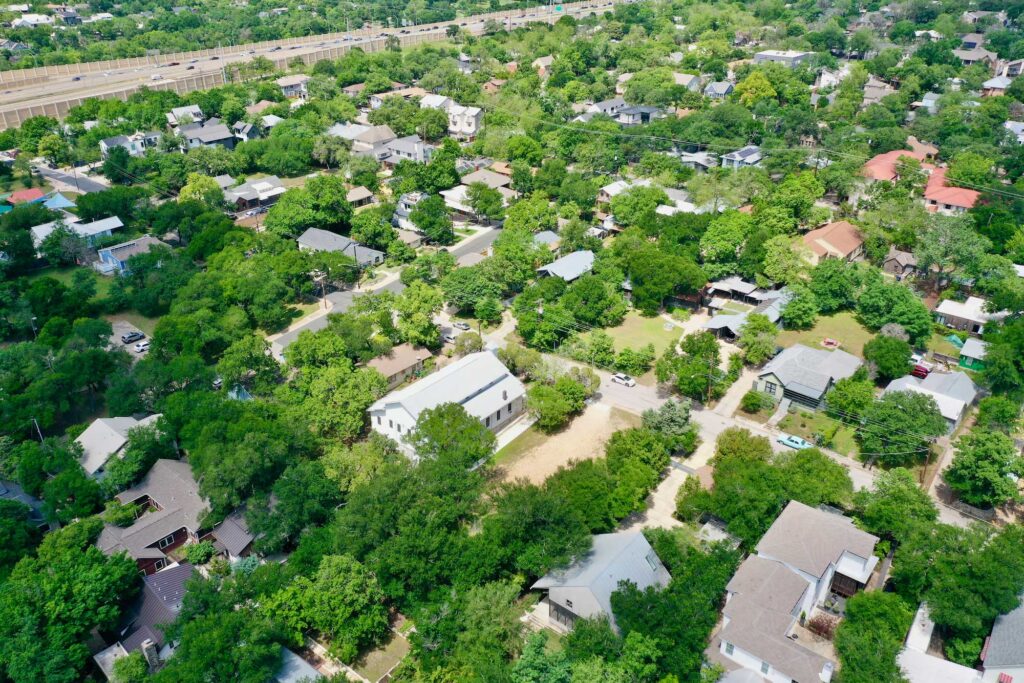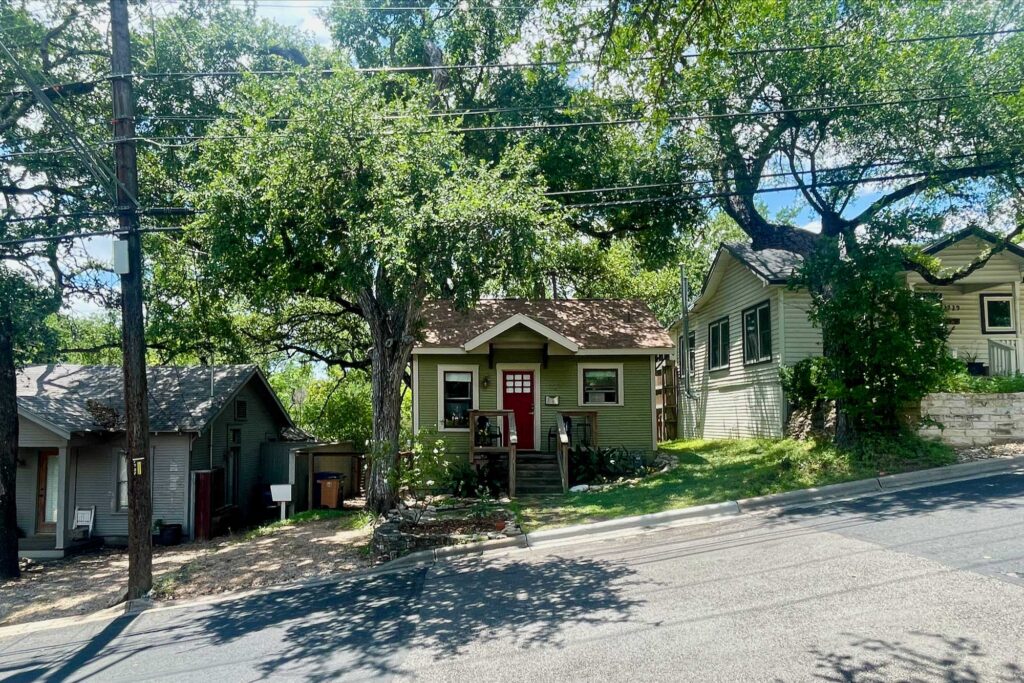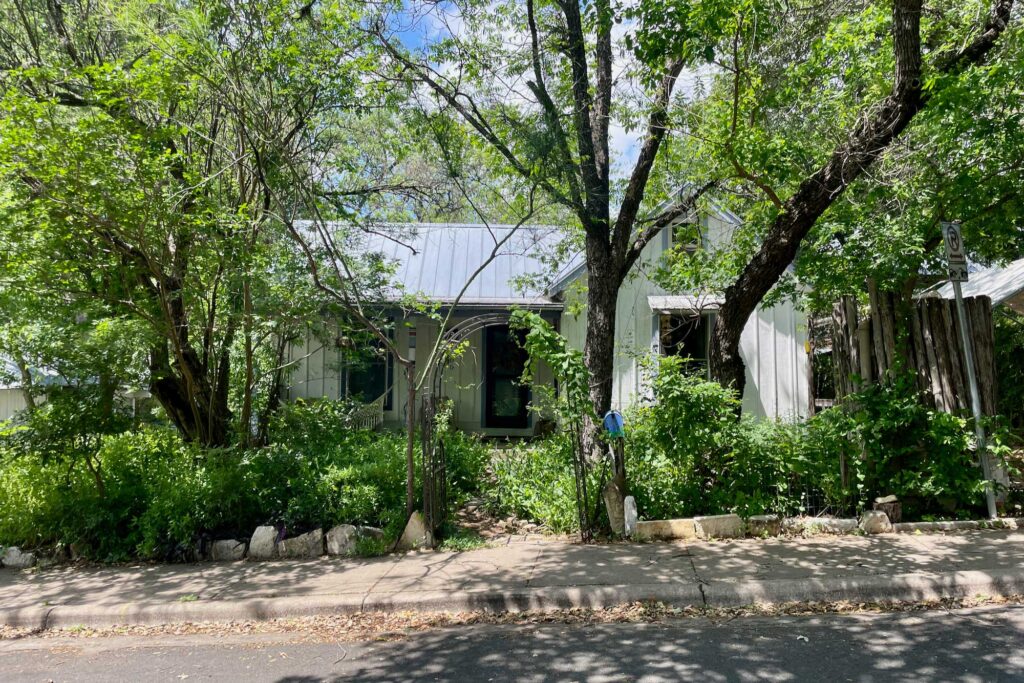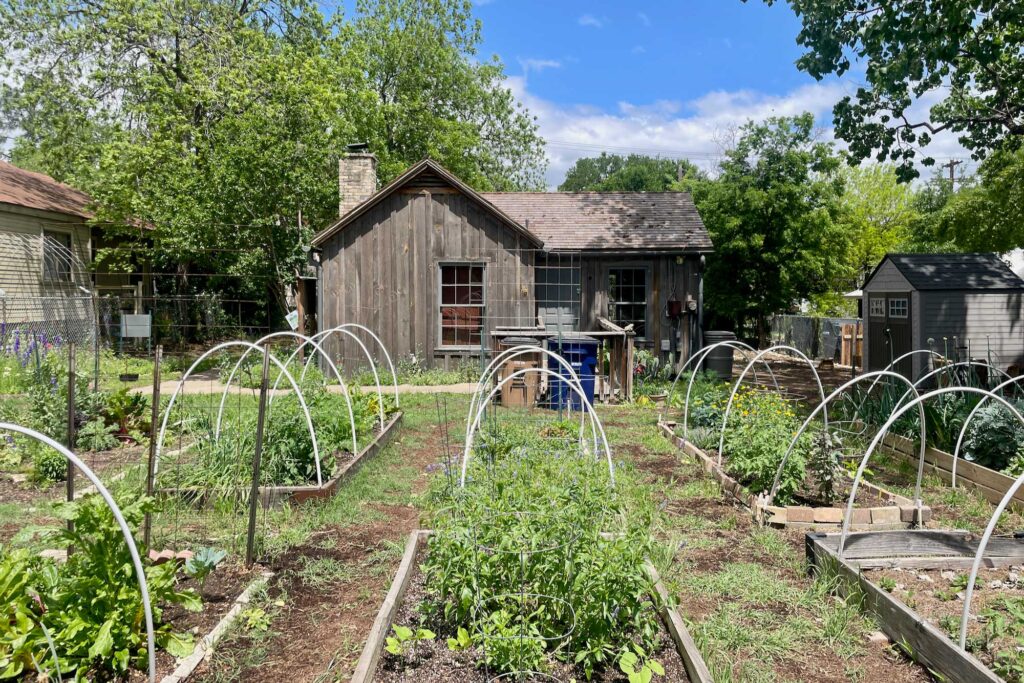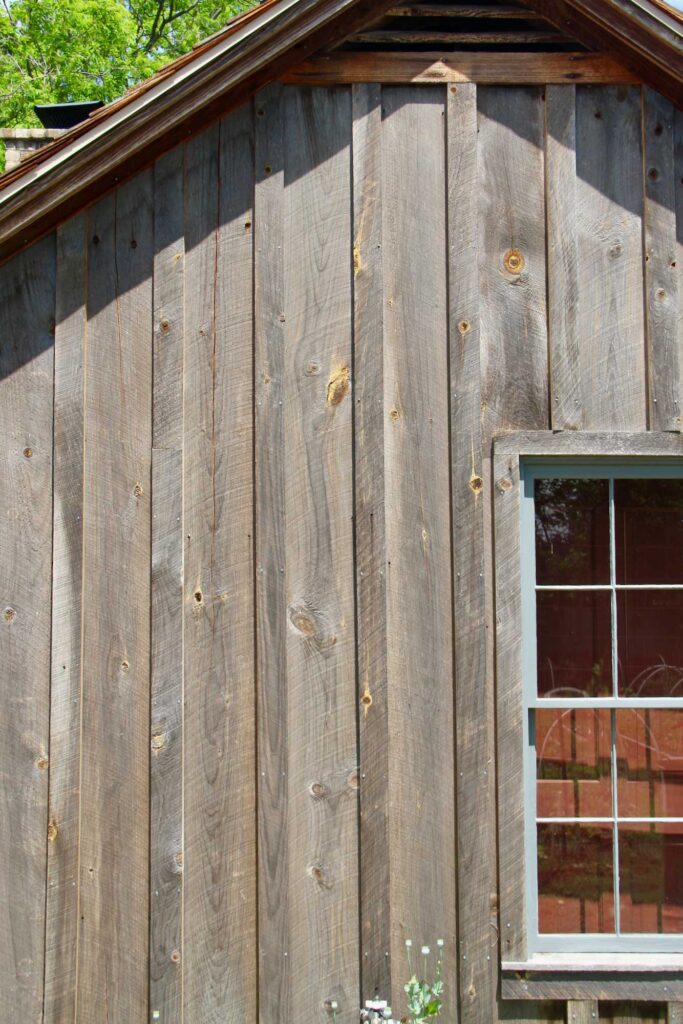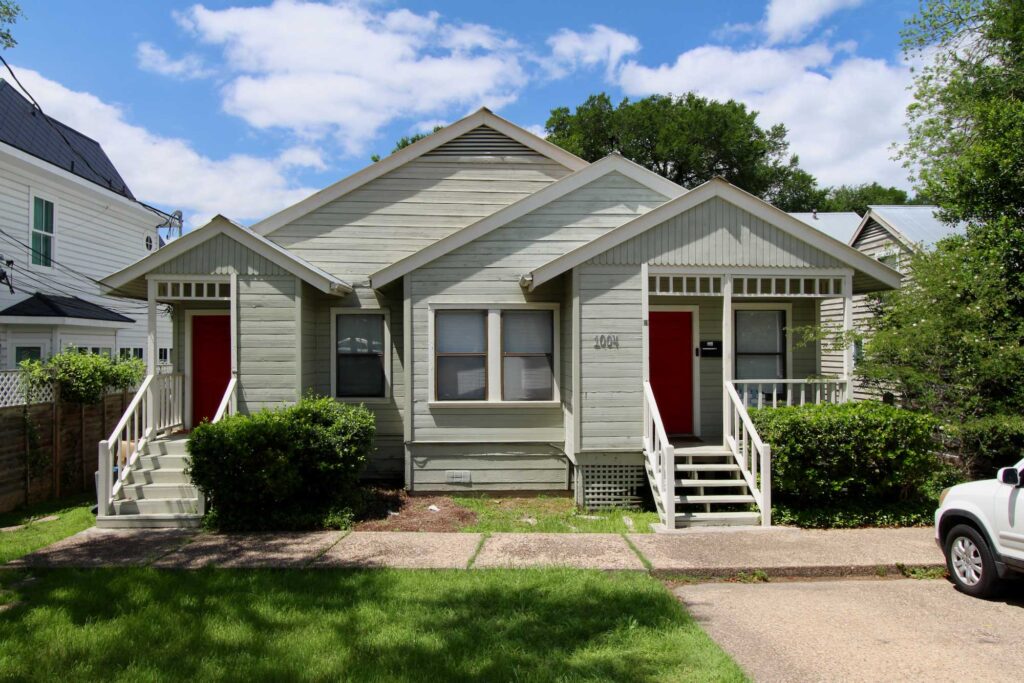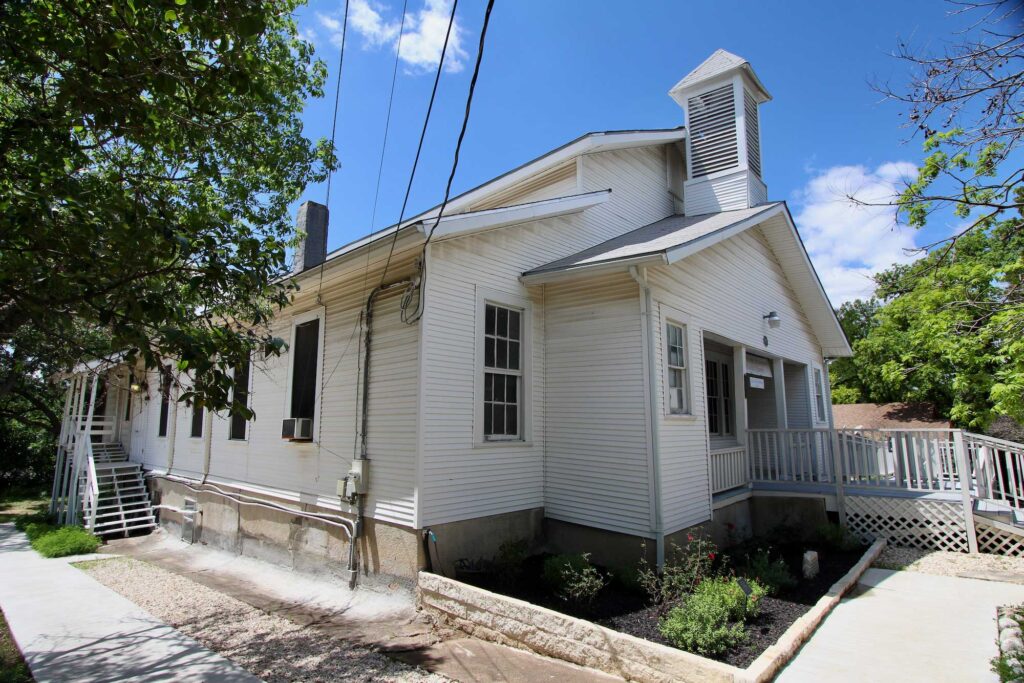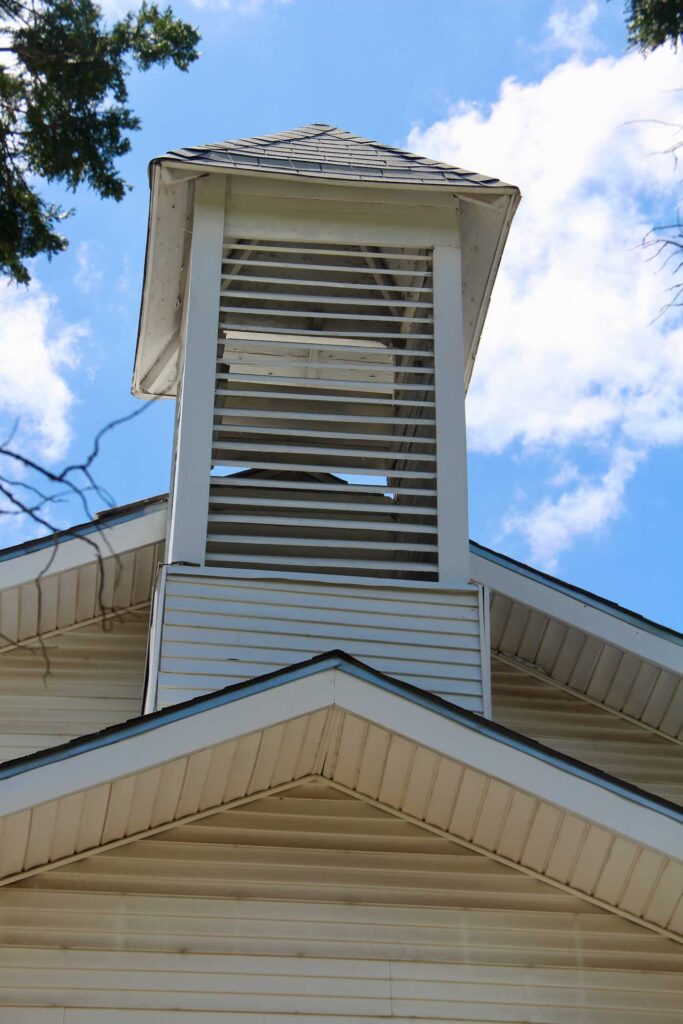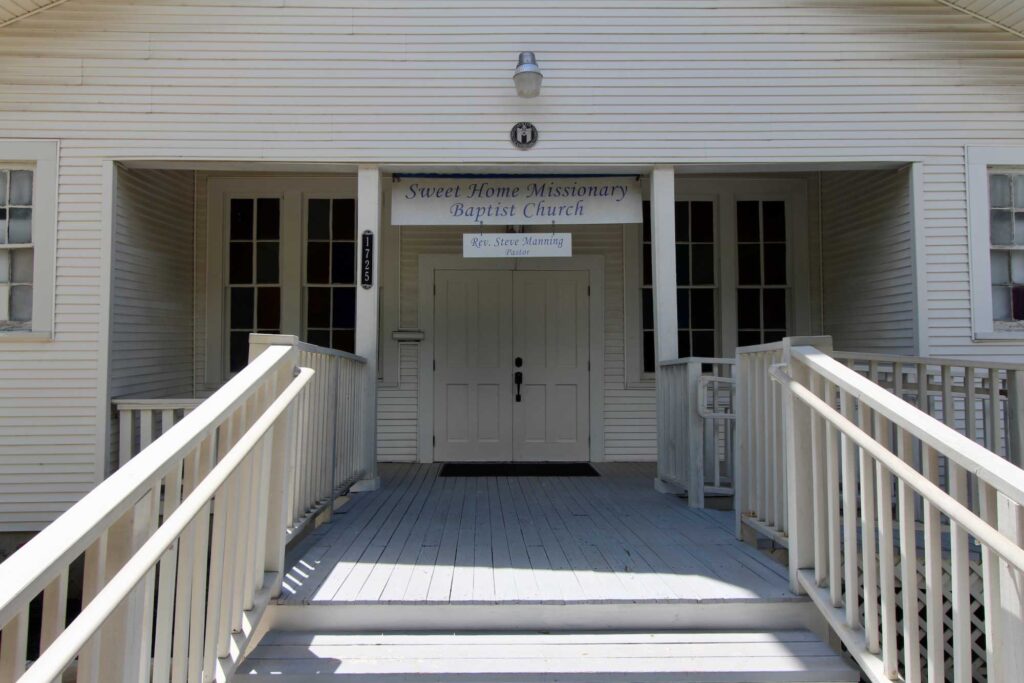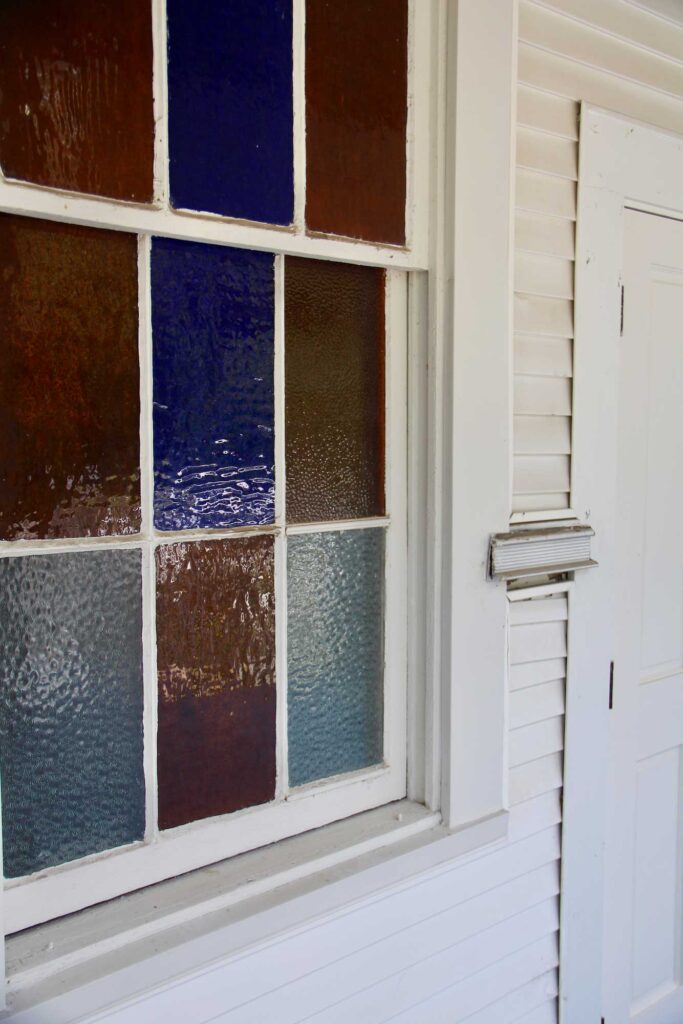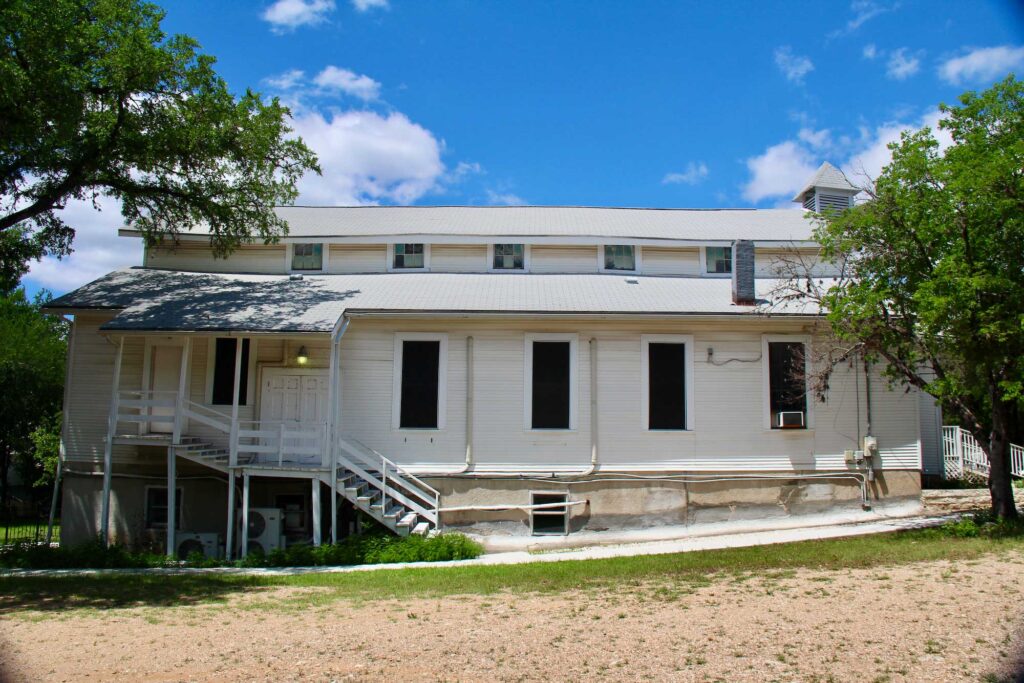- Built:
- 1871
- Style:
- National Folk, Craftsman, Late Victorian
- Historic Status:
- National Register of Historic Places, Texas Historic Landmark, Austin Landmark
Description
The Clarksville neighborhood was the first freedman’s community in Austin, and remains the oldest surviving freedman’s district west of the Mississippi River. Today the district spans 305 acres and is home to a few original structures. Many others have since been removed and replaced, but the importance of their existence and influence of their form and architectural character can still be observed.
Placemaking
Very quietly tucked into Old West Austin is a profound and often overlooked piece of Austin history. As Austin’s first freedman’s community, Clarksville was founded by freedman Charles Clark in 1871. Though considerably altered since its inception, the present-day Clarksville Historic District represents a once-thriving Black cultural center and residential neighborhood for freed African Americans.
The land comprising Clarksville was initially located outside of the city limits. The parcel was part of Governor Elisha Marshall Pease’s Woodland Plantation, which was sold to previously enslaved families who continued to work the land as freedmen. Clark bought two acres for $100, and went on to found the eponymous Clarksville township. Near the geographic center (and the heart and soul of the neighborhood) is the historic Sweet Home Missionary Baptist Church—one of the first gathering spaces in which freed African Americans could openly practice their own religion.
As Austin grew in the 20th century, land to the east was considered undesirable by white citizens. This led to the passage of the city’s discriminatory 1928 Master Plan, which forced people of color out of established neighborhoods like Clarksville and into East Austin, where they faced flooding, substandard housing, and poor access to schools and public services. The construction of the MOPAC Expressway, which wiped away one-third of the remaining neighborhood, was the final nail in the coffin for the Black community in Clarksville.
While the neighborhood has been significantly altered since its inception, several structures stand today that pay homage to the history and spirit of the original Clarksville inhabitants and their hopeful community of “sweet home.” – Meredith Contello, AIA
Points of Interest
Sweet Home Missionary Baptist Church
4815 Mueller Boulevard
The original structure on this site was built in 1877; the building that stands today is the third iteration built in 1935. The church still maintains the whitewashed wood siding and steeple at the front.
Haskell House
1705 Waterston Avenue
Built by Peter Tucker between 1879 and 1887, the Haskell House is typical of early homes in Clarksville. The simple rectangular shape, double separated front doors, and low-pitched roof represent an architectural typology known as a “hall-and-parlor” house. The two-room configuration is timber-framed and faced with a simple board-and-batten façade. Hezikiah Haskell Jr., the home’s final resident, passed away in 1976 and the house was deeded to the City of Austin. Today the floor plan remains unaltered; other preserved features include some of the original windows, single-hewn cedar shingle shakes, and the brick fireplace held by sand mortar (look closely and you can even see a few of the original square nails).
Pauline Brown Clarksville Neighborhood Center
1807 West 11th Street
Named for a prominent activist, this community center was built in 1978 to preserve the character of Clarksville and house the Clarksville Community Development Corporation (CCDC), which currently owns 15 affordable housing units in the neighborhood.
Mary Freedman Baylor Clarksville Park
1811 West 11th Street
Original site of the Clarksville Colored School(1916-1965), a one-room schoolhouse for African American children. The school was finally integrated with nearby Mathews Elementary 11 years after desegregation became law via Brown v. Board of Education.
Pease Plantation Stone Wall
North of Waterston Street
Remnants of the sprawling plantation’s original stone wall can be seen here.
Texas Confederate Home for Men
South side of West 10th Street (behind stone wall)
Established in 1889, this was the site of the original home for Confederate veterans until it was destroyed in the 1970s. Its presence in the neighborhood was unsettling to Clarksville residents as an unwelcome reminder of the evils of slavery.
Bud Franck, AIA
